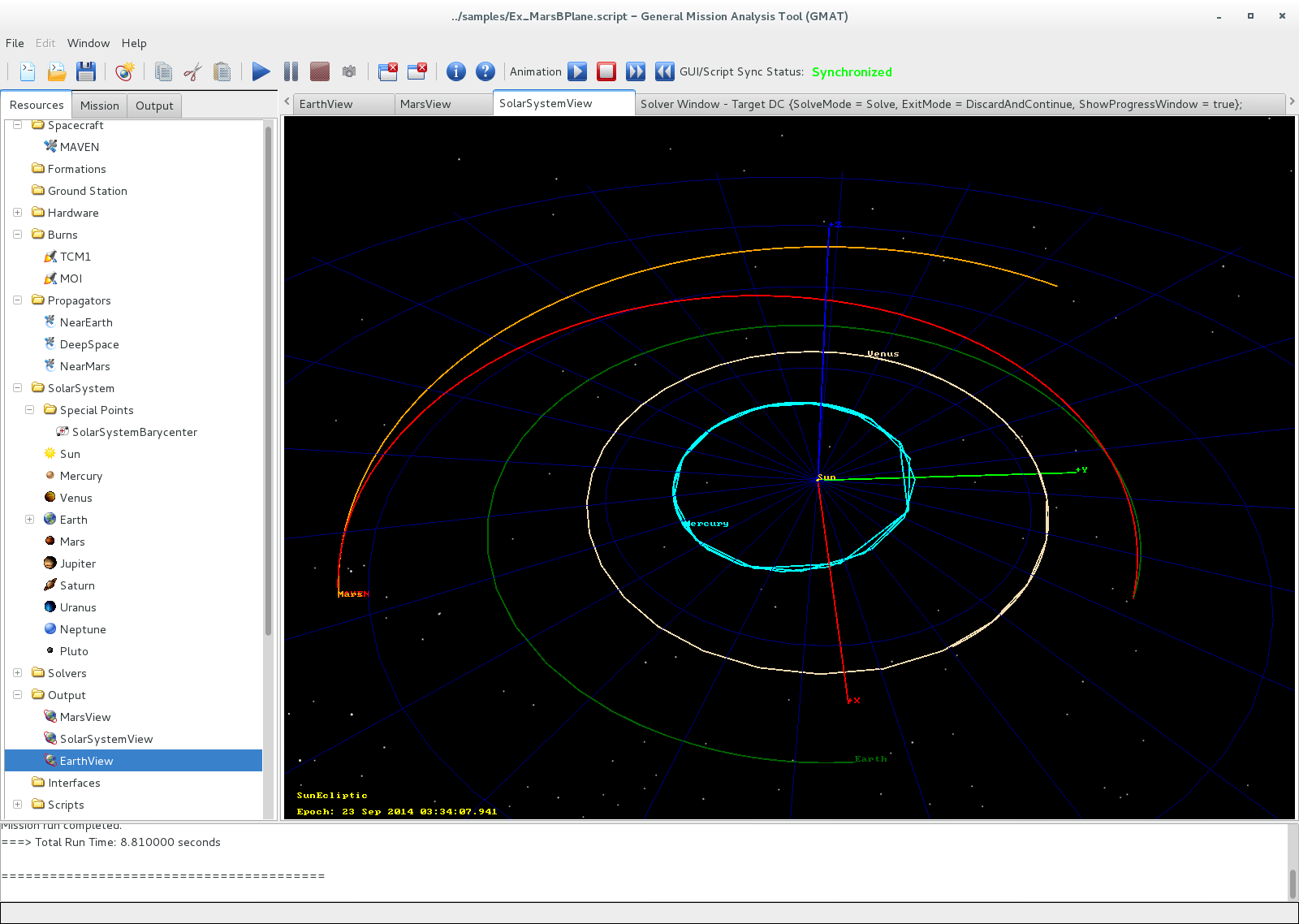An answer to the following question mentions a free online calculator for long-distance space travel.
Software to ease my interstellar travel calculations
I'm looking for a 3d simulator that accurately and visually shows transition from orbit and other aspects of interplanetary (rather than interstellar) travel.
I don't care about trading between planets or social interactions or wars - just the travel aspect.
I'm thinking of purchasing Kerbal Space Program, https://www.kerbalspaceprogram.com/en/ which although it has cartoon green aliens as an extra, does, I've heard, have accurate physics.
Does anyone have experience of this software? Will it serve my purpose?
Does anyone have other recommendations?
Requirements
I'm hoping for software that shows heavenly bodies and spacecraft visually and in 3d from variable points of view, preferably with a zoom facility. The graphics don't have to be ultra-high-definition, just easy to recognise. I want to take account of amounts of thrust/fuel needed with realistic rocket equations built into the software (so I don't have to do them!) and to be able to travel from orbit around the home planet to orbit around the destination with course corrections where necessary. Takeoff from the planetary surface would be a bonus but not vital.
Worldbuilding - I want to build a fictional solar system with fictional planets but that has exploration and so on with realistic physics.Therefore the ability to place fictional planets around a fictional sun is highly desirable.
NOTE: There is a tag especially for software-recommendations so I don't believe this question should be closed as 'opinion based'.
There has been some difference of opinion about whether to use 'hard-science' or 'science-based'. I've finally settled on the latter. I don't want rocket equations in the answers, I just want the software to be as true to real physics as reasonably possible on your average Windows 10 machine.
EDIT: I suppose I was hoping for something where I would say, "I'm in orbit on planet X and I'd like to be in orbit on planet Y - Please show me what fuel I need to carry, how long it will take me and the optimum trajectory". Judging by the answer by PSquall, I guess that's a very big ask. If that's not available then the nearest approximation will do nicely.



